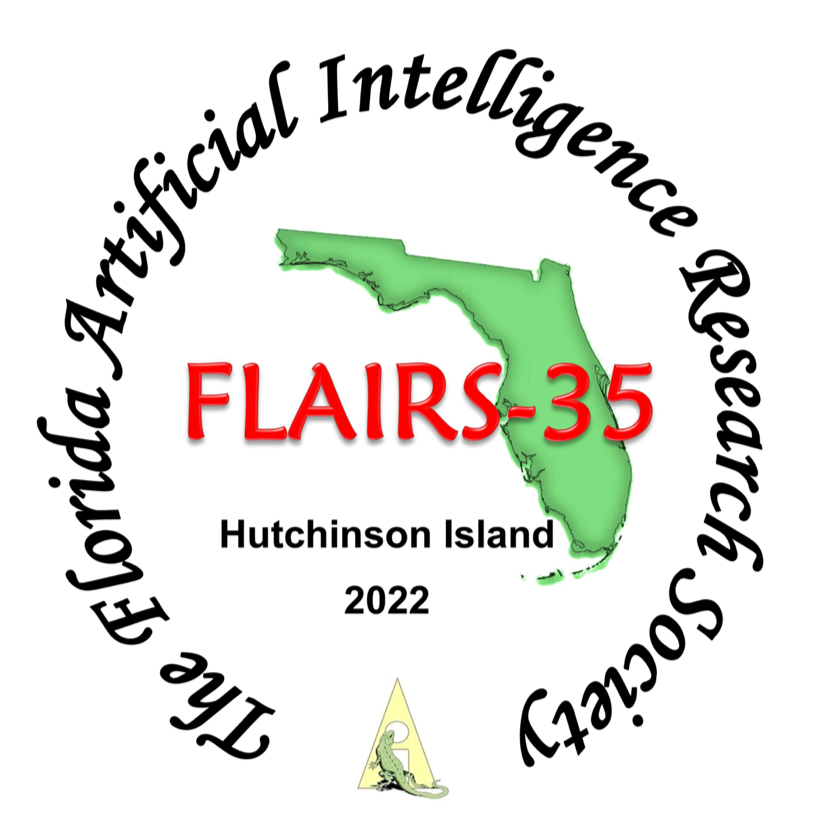Named Entity Recognition for Nepali: Data Sets and Algorithms
DOI:
https://doi.org/10.32473/flairs.v35i.130725Schlagworte:
Named Entity Recognition, Data Set, Nepali, Low-resourceAbstract
Named Entity Recognition (NER) task involves locating Named Entities (NEs) in free text and classifying them into predefined categories such as Person Name, Location and Organization. Although the NER task has been studied widely in resource-rich languages, it has not been studied thoroughly for Nepali, a resource-poor language. In this paper, we present the systematic study of NER for Nepali language with clear Annotation Guidelines obtaining high inter-annotator agreements. The annotation produces EverestNER, the largest human annotated NER data set for Nepali which has 24,587 entities in total. It has 308,353 tokens corresponding to 15,798 sentences which are annotated into five categories: Person, Location, Organization, Date and Event. We split the EverestNER data set into EverestNER-train and EverestNER-test. These standard data sets, therefore, become the first benchmark data sets for evaluating Nepali NER systems. We release the EverestNER benchmark data sets to facilitate the research in Nepali language at https://github.com/nowalab/everest-ner. We report a comprehensive evaluation of state-of-the-art Neural and Transformer models using these data sets. We also discuss the remaining challenges for discovering NEs for Nepali.
Downloads
Veröffentlicht
Zitationsvorschlag
Ausgabe
Rubrik
Lizenz
Copyright (c) 2022 Nobal Niraula, Jeevan Chapagain

Dieses Werk steht unter der Lizenz Creative Commons Namensnennung - Nicht-kommerziell 4.0 International.


